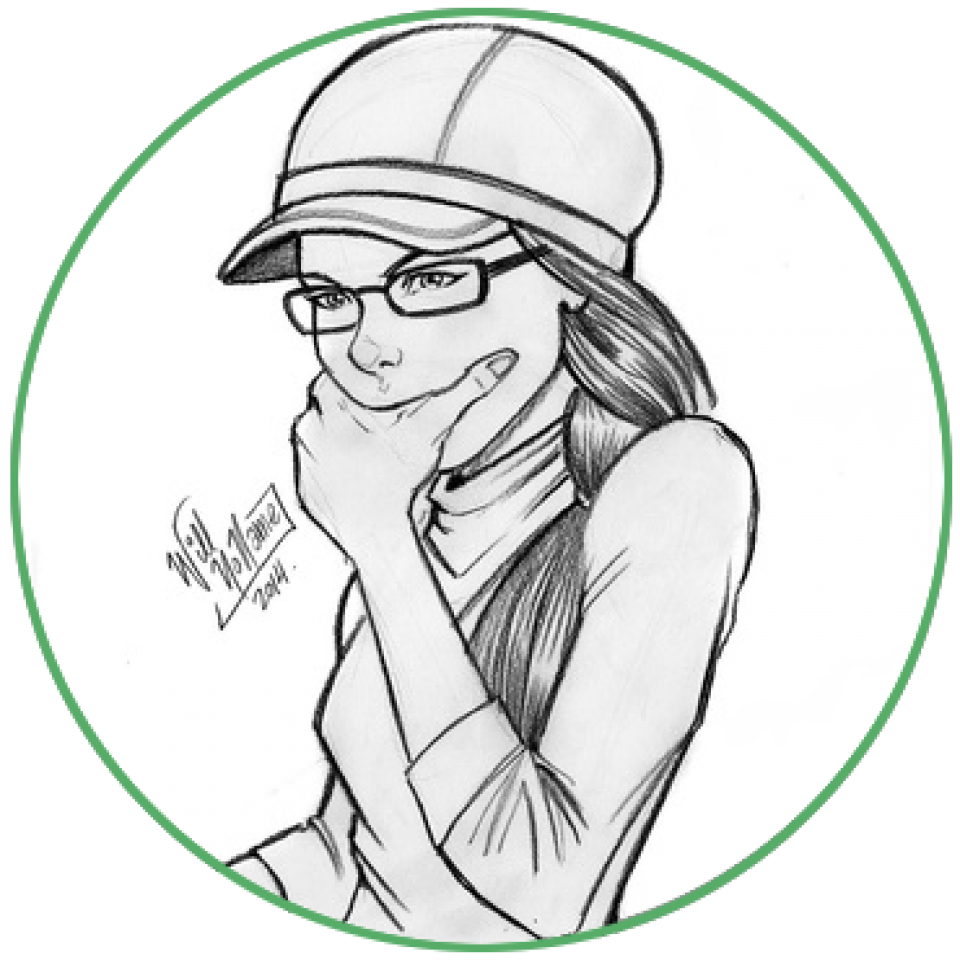Jason Kunesh, Public Good
Founders: Jason Kunesh, Dan Ratner
Company Description: Software company that helps organizations connect with civic supporters to raise money, inspire involvement and build community
Company Site: https://publicgood.com/; Twitter
Date of Interview: June 2015

Jason Kunesh, Public Good
Art by Francesco DiBattista
Jason Kunesh is the co-founder and CEO of Public Good, a software company that helps organizations connect with civic supporters to raise money, inspire involvement and build community. He is passionate about product and technology design, social capital, community, and superheroes – both the kind that appear in comic books and the unheralded ones that serve our communities.
On starting Public Good:
Social service has always played a significant role in Jason’s life – from being adopted as a child, to having a mother who was an active and beloved community volunteer, to joining the Obama re-election campaign’s technology team. The opportunity to work on the Obama campaign came at a time when Jason was examining how he wanted to re-allocate his time and skills to more impactful solutions besides “helping people get to cheaper spa days or flights”.
After the re-election was over, it was time to decide where to go next. The team realized that they wanted to continue what they started and apply their learnings. “It’s really 2.0 for us. We learned a lot of stuff on the campaign about what worked and what didn’t, and how different it was to model community relationships versus business relationships. We’re taking some of the same stuff we learned and applying it in new ways out of the political space and into the non-profit space.”
On how technology facilitates social capital:
“The big thing is data. That was the biggest thing we tried to solve during the campaign. If we understand that you are the same person that showed up to an event, that engaged with us over Facebook, and came to the phone bank, then we have a much more complete picture of who you are and we can have a better and more respectful conversation with you.”
“There’s all this stuff that you can do (with technology) that is transactional, like donations and fundraising, but there’s additional stuff too. There are all these little things that can be useful – reading an article, sharing an article, voting, writing a letter – all these things that you can do. It’s all about how you connect people to realizing that all these little things actually matter, and you can track it.”
“When it becomes apparent, it encourages change.”
“Nonprofits are really good at 1:1 interaction, but haven’t been as good at using technology to emulate it. For example, if someone is excited enough to respond, I’m going to respond right away to show that I’m enthusiastic about hearing from them. During the campaign we learned that if someone got back to you in a couple of days, you were 80% more likely to come out and do something. If we waited a week, then you were under 20%. It’s the simple difference of being in the moment and getting excited.”
“The challenge with social impact and social capital work is instead of getting something in return, you are giving something away. To start, if we can at least show enthusiasm that you are part of a community and doing something, then that helps out.”
“People who have been doing it a long time will say that they get more out of it than they give away. Once you realize the weird math of volunteerism, then people are hooked and will do stuff.”
On design:
Jason references the philosophies of Christopher Alexander, Dieter Rams, Victor Papanek, and Steve Jobs. He believes that design should provide frictionless solutions, be invisible to the user, and be intentional at every “layer of the onion.”
“I think design is getting into exciting places. In the early 20th century it was products, and then systems that created products, and now it’s about systems. We’re also starting to design behaviors – which is new. 50 years ago we designed flavors and scents, and now we’re trying to design actual behavior change – which is exciting.”
“Everybody is a designer and we just don’t realize it. We use tools and the tools are designed to give us super powers. I use this spoon so I can lift up liquid, and this fork to lift up the non-liquid things. These are my solutions. There’s always that idea of context and problem solving, and there’s always more than one tool. But, some are better than others.”
Jason gets a little bit existential as we talk about how design is the space and interaction created between the designer and the user. Then, we think about superheroes and how Batman is invisible, but in a loud way. And he finishes with utilitarian philosophy –
“As a user, you should know nothing of the person that created it. You should know that the object suits your desires and accomplishes your goal.”
On what’s exciting:
“I’m excited that we (designers) have a seat at the table. That wasn’t the case for a long time. When I started 15 years ago, it was about self-definition. You came through the engineering door or the marketing door. There was no design door. Now we have a seat – so it is about what you do with that power and how do you help early designers figure that power out. You’re not a waiter, you’re a guide.”
“There’s a fascinating box where you can do whatever you want – limited only by your skills and your imagination. If you can figure it out, you can do it.”
Jason believes Chicago is the place to be for Public Good – “It’s a civic tech place. It’s a livable international city. It’s pragmatic – hard working, authentic, roll up our sleeves and get some stuff done. This is where it’s at in terms of nonprofits, foundations and innovation.” Follow how Public Good is leveraging technology to engage with hundreds of organizations in Chicago and across the US to inspire people to take action.
You can also follow Be Like Peter. updates on Instagram, Facebook and Twitter; or subscribe to our monthly mailing list.
